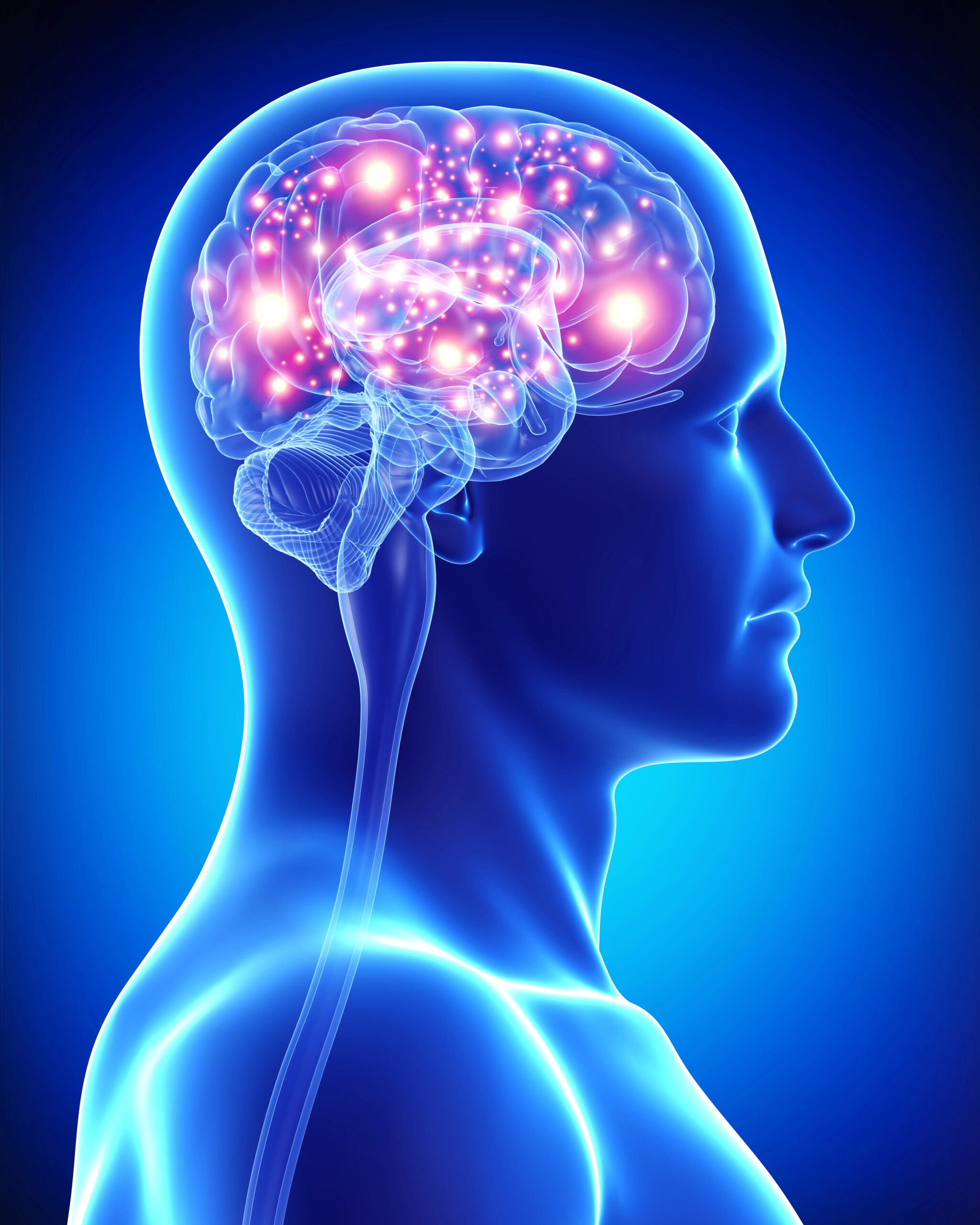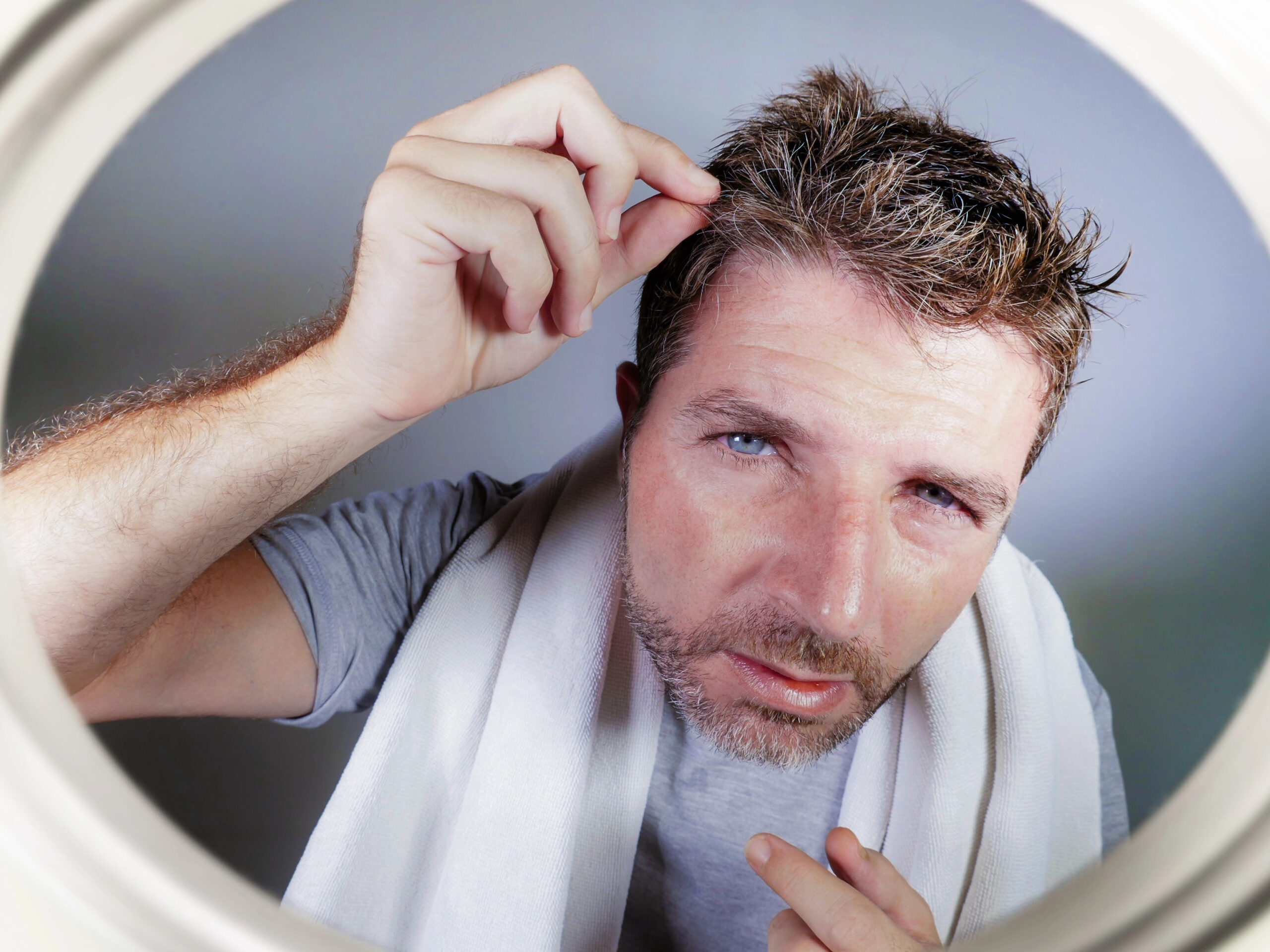As the days grow shorter and the temperature drops, many people experience a noticeable shift in their mood and energy levels. While it’s common to feel a bit down during the fall and winter months, for some, this seasonal change can trigger a more severe form of depression known as Seasonal Affective Disorder (SAD). SAD is a type of depression that typically occurs during the fall and winter months when there is less natural sunlight. It can significantly impact a person’s ability to function, making it crucial to recognize the symptoms and explore effective coping strategies.
Understanding Seasonal Affective Disorder
Seasonal Affective Disorder is more than just the “winter blues.” It is a clinically recognized form of depression that affects approximately 5% of the U.S. population, with symptoms lasting around 40% of the year. The exact cause of SAD isn’t fully understood, but it is believed to be related to the reduced levels of sunlight in the fall and winter, which can disrupt the body’s internal clock (circadian rhythm) and lead to a drop in serotonin levels—a neurotransmitter that affects mood. Melatonin, a hormone that regulates sleep, can also be affected, leading to feelings of lethargy and changes in sleep patterns.
Symptoms of SAD
The symptoms of SAD can vary from mild to severe and may include:
- Persistent feelings of sadness or depression
- Loss of interest in activities once enjoyed
- Low energy and fatigue
- Difficulty concentrating
- Changes in appetite or weight (often craving carbohydrates)
- Sleep disturbances, including oversleeping
- Feelings of hopelessness or worthlessness
- Thoughts of death or suicide in severe cases
These symptoms can have a profound impact on daily life, making it difficult to carry out normal activities and maintain relationships.
Coping Strategies for SAD
While SAD can be challenging, there are several effective strategies for managing the symptoms and improving overall well-being during the fall and winter months.
- Light Therapy
One of the most common and effective treatments for SAD is light therapy, also known as phototherapy. This treatment involves sitting in front of a lightbox that emits a bright light (usually 10,000 lux) for about 20-30 minutes each morning. The light mimics natural sunlight, helping to regulate the body’s internal clock and increase serotonin levels.
Research has shown that light therapy can significantly reduce symptoms of SAD in many individuals. It’s important to start light therapy early in the fall, before symptoms begin, and continue it throughout the winter months. Light therapy is most effective when used in the morning, as exposure to bright light later in the day can interfere with sleep.
- Cognitive Behavioral Therapy (CBT)
Cognitive Behavioral Therapy (CBT) is another effective treatment for SAD. CBT is a type of talk therapy that helps individuals identify and change negative thought patterns and behaviors that contribute to depression. For SAD, a specific type of CBT called CBT-SAD has been developed, which focuses on addressing the unique challenges of seasonal depression.
CBT-SAD helps individuals develop healthier ways of thinking and coping with the winter months. Techniques may include scheduling enjoyable activities, setting realistic goals, and challenging negative thoughts about the winter season. The study by Rohan et al. (2009) highlighted that CBT-SAD not only helps reduce symptoms but also offers long-term benefits. In their study, participants who received CBT-SAD had a lower recurrence rate of depression (27%) compared to those who only received light therapy (46%). This suggests that CBT-SAD may be more effective in preventing future episodes of seasonal depression.
- Exercise and Physical Activity
Regular physical activity is a powerful tool for managing depression, including SAD. Exercise helps to boost serotonin levels, improve mood, and reduce stress. Even moderate exercise, such as walking for 30 minutes a day, can have a significant impact on mental health.
During the winter months, it can be challenging to stay active due to the cold weather and shorter days. However, finding ways to incorporate physical activity into your routine, whether through indoor workouts, winter sports, or simply taking a brisk walk outside, can make a big difference in how you feel.
- Healthy Diet
Nutrition plays a vital role in mental health, and maintaining a balanced diet can help manage the symptoms of SAD. During the winter months, it’s common to crave carbohydrates and comfort foods, but it’s important to focus on a diet rich in fruits, vegetables, lean proteins, and whole grains.
Omega-3 fatty acids, found in fish such as salmon and in supplements like fish oil, have been shown to have mood-stabilizing effects. Additionally, staying hydrated and limiting caffeine and alcohol can help prevent mood swings and energy crashes.
- Social Support and Connection
Isolation and loneliness can exacerbate the symptoms of SAD, so it’s important to stay connected with friends, family, and the community. Try to maintain social activities and reach out to loved ones regularly. Joining a support group, either in person or online, can also provide a sense of connection and understanding from others who are experiencing similar challenges.
- Mindfulness and Relaxation Techniques
Mindfulness practices, such as meditation, deep breathing exercises, and yoga, can help reduce stress and improve mood during the fall and winter months. These techniques encourage a focus on the present moment, which can help break the cycle of negative thoughts and emotions associated with SAD.
Incorporating relaxation techniques into your daily routine can help manage anxiety, improve sleep, and promote a sense of calm and well-being.
- Neurofeedback
Neurofeedback is an emerging treatment option for SAD that focuses on training the brain to function more efficiently. This technique involves monitoring brain activity through EEG (electroencephalography) and providing real-time feedback to the individual. By observing their brainwave patterns, individuals can learn to regulate their brain activity, which can lead to improvements in mood, energy levels, and overall mental health.
Schutter and van Honk (2005) found that neurofeedback could decouple midfrontal delta-beta oscillations, which are associated with depressive symptoms. This finding suggests that neurofeedback may help address the underlying brain activity patterns associated with SAD, offering a novel approach to treatment.
Conclusion
Seasonal Affective Disorder is a serious condition that can have a significant impact on an individual’s quality of life. However, with the right coping strategies, it is possible to manage the symptoms and maintain mental health during the fall and winter months. Light therapy, Cognitive Behavioral Therapy, exercise, a healthy diet, social support, mindfulness practices, and emerging treatments like neurofeedback all offer effective ways to combat the effects of SAD.
If you or someone you know is struggling with SAD, it’s important to seek professional help. A mental health professional can provide a proper diagnosis and work with you to develop a treatment plan that meets your needs. With the right support and strategies, you can navigate the challenges of seasonal depression and look forward to brighter days ahead.
References
- Rohan, K. J., Roecklein, K. A., Tierney Lindsey, K., & Johnson, L. G. (2009). Cognitive-behavioral therapy vs. light therapy for preventing winter depression recurrence: A randomized controlled trial. Journal of Consulting and Clinical Psychology, 77(6), 1037–1046. doi:10.1037/a0017397
- Schutter, D. J. L. G., & van Honk, J. (2005). Decoupling of midfrontal delta-beta oscillations after testosterone administration: Implications for depressive disorders. Psychoneuroendocrinology, 30(7), 618–626. doi:10.1016/j.psyneuen.2005.01.002





